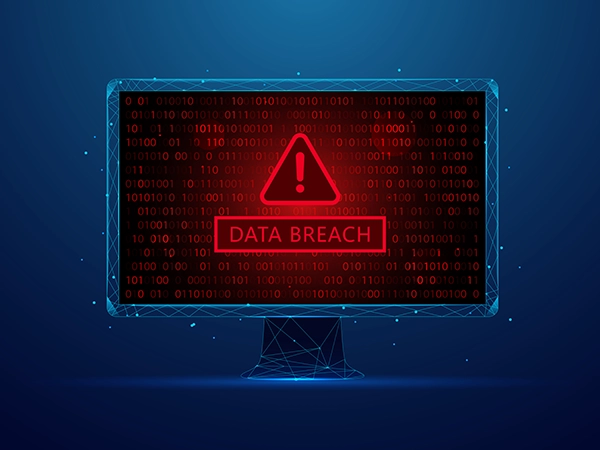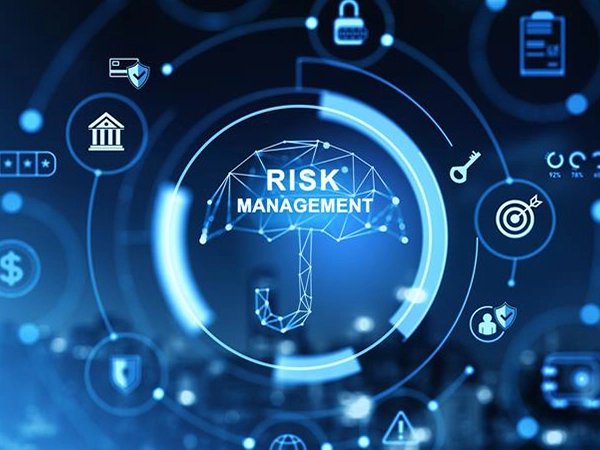Introduction
The cybersecurity landscape has changed more in the past five years than it did in the previous two decades. As businesses rapidly embrace cloud computing, APIs, and remote collaboration tools, traditional firewalls are no longer enough. The attack surface, everything that can be targeted by a hacker, has expanded beyond the data centre, into the cloud and even employees’ personal devices.
From API exploits to cloud misconfigurations and shadow IT, cybercriminals now have more entry points than ever before. This blog breaks down what’s happening, why it matters, and how organizations can stay secure in this constantly evolving digital world.
1. Understanding the Modern Attack Surface
Every connected endpoint is now a potential doorway.
In simple terms, the attack surface is every possible way a hacker could get into your digital systems, whether that’s through a cloud service, a vulnerable API, or an unapproved app used by an employee.
As organizations move workloads to AWS, Azure, and Google Cloud, and build apps using hundreds of APIs, their infrastructure becomes more complex. This complexity increases the number of “doors” hackers can knock on.
A recent Gartner study found that 45% of organizations experienced a cloud-based security incident in 2023, with misconfigured permissions being the top cause.
Visibility is the first step toward defense.
2. The Cloud Conundrum: Risks and Misconfigurations
Cloud adoption offers agility and scalability, but also shared responsibility. Cloud providers secure the infrastructure, while customers must secure what they deploy on it.
Common cloud security risks include:
| Issue | Real-World Impact |
| Public storage buckets | Sensitive data exposure |
| Over-permissive IAM roles | Privilege abuse / lateral movement |
| Unpatched VMs | Exploitable CVE chains |
| Weak logging & monitoring | Delayed breach detection |
Mitigate with: Cloud Security Posture Management (CSPM) tools – Prisma Cloud, Wiz, Defender for Cloud – to scan, remediate and enforce config baseline.
3. API Security: The New Frontier
APIs are the backbone of digital transformation, connecting apps, data, and users. However, exposed or insecure APIs are becoming prime targets for hackers.
The OWASP API Security Top 10 (2023) highlights issues like:
- Broken Object Level Authorization (BOLA) – Attackers accessing data they shouldn’t.
- Excessive Data Exposure – APIs returning more data than necessary.
- Lack of Rate Limiting – Enabling brute-force or DoS attacks.
Security solutions like API Gateways, Web Application Firewalls (WAFs), and Runtime Protection (RASP) can help, but API inventories must be kept updated. A forgotten API is an unlocked door.
4. Shadow IT: The Hidden Threat in Every Organization
Convenience without control breeds risk.
Shadow IT refers to employees using unapproved apps or services without the knowledge of the IT department, like uploading files to personal Google Drives or using third-party chat tools for work.
While often done with good intentions (for convenience), these apps can store sensitive data in insecure locations, creating blind spots for security teams.
According to IBM’s 2024 Cyber Threat Report, nearly 40% of data leaks in enterprises involved some form of shadow IT.
To manage this, companies are deploying Cloud Access Security Brokers (CASBs) that detect and control unsanctioned app usage, along with stricter identity and access management (IAM) policies.
5. Building a Modern Defense Strategy
Goal: Visibility → Control → Continuous Validation.
To protect this ever-expanding attack surface, organizations should focus on visibility, control, and continuous validation.
Here’s a simple roadmap:
- Asset Discovery: Identify all cloud assets, APIs, and shadow applications.
- Zero Trust Architecture: Adopt a “never trust, always verify” approach.
- Automated Compliance: Map configurations against security frameworks.
- Continuous Monitoring: Detect and respond to suspicious activities in real time.
- Employee Awareness: Train staff on secure usage of tools and data handling.
Solutions like Security Posture Management, Attack Surface Management (ASM), and Identity Threat Detection & Response (ITDR) are becoming essential components of this strategy.
Security is a process, not a product.
6. Mapping Risks to NIST & ISO Frameworks
Enterprises can align their security practices with international frameworks:
| Framework | Focus | How It Helps |
| NIST CSF | Identify → Protect → Detect → Respond → Recover | Operational resilience baseline |
| ISO/IEC 27001 | Risk-based ISMS | Demonstrates compliance & maturity |
| NIST SP 800-207 | Zero Trust Architecture | Continuous verification for users & devices |
By mapping modern risks like cloud misconfigurations and API abuse to these frameworks, enterprises can demonstrate compliance while enhancing resilience.
7. The Future of Cloud and API Security
As organizations move deeper into multi-cloud and hybrid environments, AI-driven security and automation will play a larger role.
Expect rapid growth in:
- AI-based anomaly detection for spotting insider threats.
- DevSecOps integration, embedding security in the software pipeline.
- API threat intelligence, where APIs self-report suspicious behaviors.
Moreover, upcoming regulations and privacy frameworks will push companies to demonstrate not just compliance, but active defense against emerging risks. Security evolves with speed – automation keeps you ahead.
8. Key Takeaways
- The traditional firewall perimeter is obsolete; identity and data are the new boundaries.
- Cloud misconfigurations and API vulnerabilities are now top entry points for attackers.
- Visibility and continuous monitoring are crucial to defend against hidden threats like shadow IT.
- Aligning with frameworks such as NIST CSF and ISO 27001 helps ensure compliance and resilience.
- Security is no longer just an IT problem, it’s a business continuity and trust issue.
Final Thoughts:
In today’s hyper-connected digital world, every new tool, app, or cloud service that makes work easier also opens a new door for cyber risks. The days when a strong firewall could keep attackers out are long gone, because the modern workplace now lives everywhere: in the cloud, on mobile devices, and across dozens of third-party platforms.
That’s why cybersecurity today isn’t just about building taller walls, it’s about gaining clear visibility into everything your organization connects to, and understanding what’s happening in real time.
Enterprises need to think of security as a shared responsibility that goes beyond the IT team. It’s about:
- Employees being aware of what tools they use and how they share data.
- Leaders making smart decisions about which cloud and API technologies to trust.
- Security teams continuously checking configurations, permissions, and unusual activity.
By combining cloud-native security tools, strong governance policies, and a culture of cyber awareness, businesses can build defenses that grow as fast as their technology does.
The goal isn’t to eliminate every threat, that’s impossible. The goal is to stay one step ahead, so when attackers come knocking, your defenses are ready. That’s what it truly means to defend beyond the firewall.
Call to Action:
If your organization is rethinking its cloud or API security strategy, now is the time to act. Conduct a thorough assessment of your digital ecosystem, identify blind spots, and start building a proactive security roadmap.
Partnering with a trusted cybersecurity consultancy like 63SATS Cybertech can help you evaluate your cloud posture, strengthen configurations, and develop a defense strategy that’s future-ready.
Let’s work together to secure your digital frontier, because visibility today means resilience tomorrow.
References:
- SentinelOne – 50+ Cloud Security Statistics in 2025
https://www.sentinelone.com/cybersecurity-101/cloud-security/cloud-security-statistics - OWASP – OWASP Top 10 API Security Risks – 2023
https://owasp.org/API-Security/editions/2023/en/0x11-t10 - OWASP – OWASP API Security Top 10 – 2023
https://owasp.org/API-Security/editions/2023/en/0x00-header - f5 – OWASP API Security Top 10 Overview and Best Practices
https://www.f5.com/glossary/owasp-api-security-top-10 - Information Week – The Cost of Cloud Misconfigurations: Preventing the Silent Threat
https://www.informationweek.com/it-infrastructure/the-cost-of-cloud-misconfigurations-preventing-the-silent-threat - Cloud Security Alliance – Managing Cloud Misconfigurations Risks
https://cloudsecurityalliance.org/blog/2023/08/14/managing-cloud-misconfigurations-risks - UpGuard – Common Cloud Misconfigurations and How to Avoid Them
https://www.upguard.com/blog/cloud-misconfiguration - Forbes Tech Council (2025) – Why Are Misconfigurations Still The Top Cause Of Cloud Breaches?
https://www.forbes.com/councils/forbestechcouncil/2025/09/23/why-are-misconfigurations-still-the-top-cause-of-cloud-breaches











